Female Prisoners in Emily Brontë’s Gondal Poems
Emily Brontë’s attraction to images and metaphors of imprisonment are fueled by historical precedent and romantic inclination, especially by way of Mary, Queen of Scots.
Please note that shipping will be slower than usual for orders placed between Dec. 24-Jan. 15! Thank you for your patience.
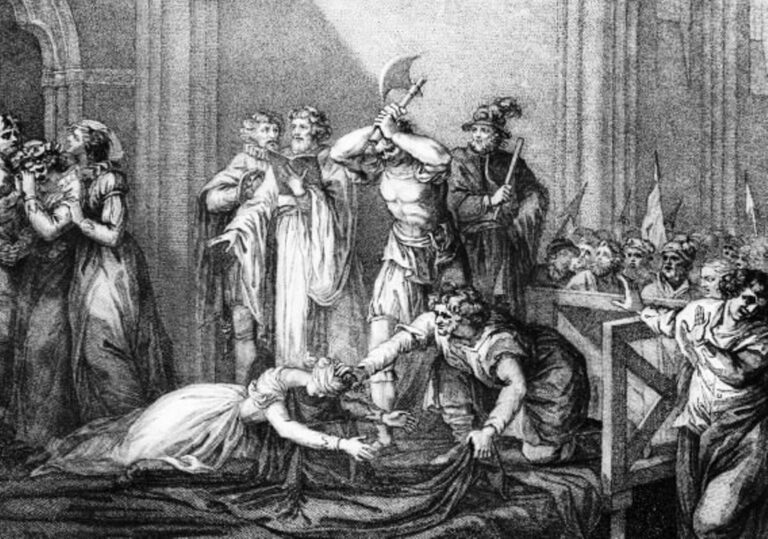
Emily Brontë’s attraction to images and metaphors of imprisonment are fueled by historical precedent and romantic inclination, especially by way of Mary, Queen of Scots.
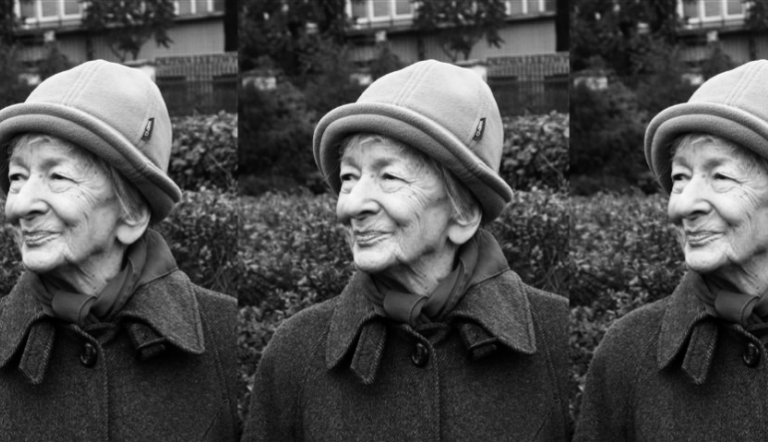
Poetry, Polish poet Wisława Szymborska contends, is the operative exercise of not knowing.
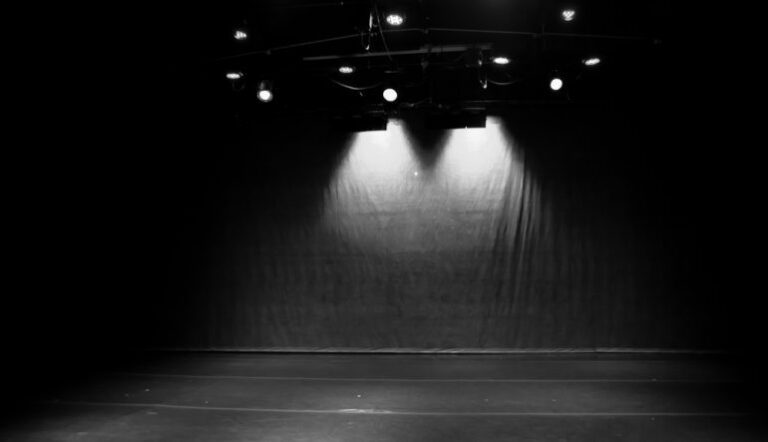
Telling has the function of establishing authority, what our rhetorician friends call ethos, especially when the first-person point of view functions as a witness to an event or atrocity.
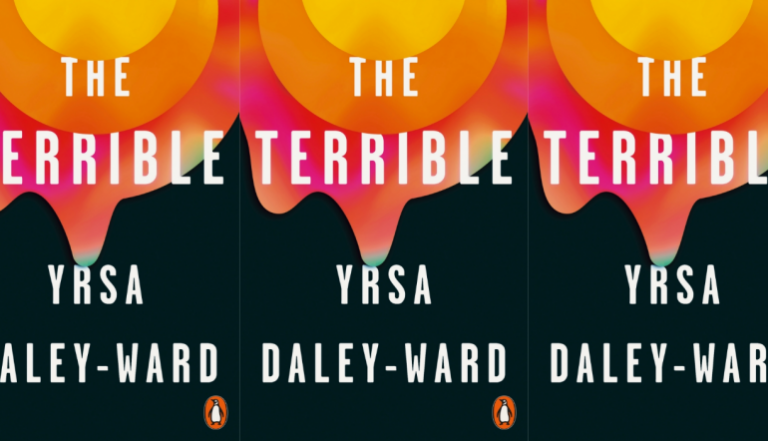
We don’t just grow up with Daley-Ward in this memoir—we grow up with the terrible as well. It is a haunting presence in her life, perhaps an imaginary friend. It is cruel, toxic, impossible to get rid off.
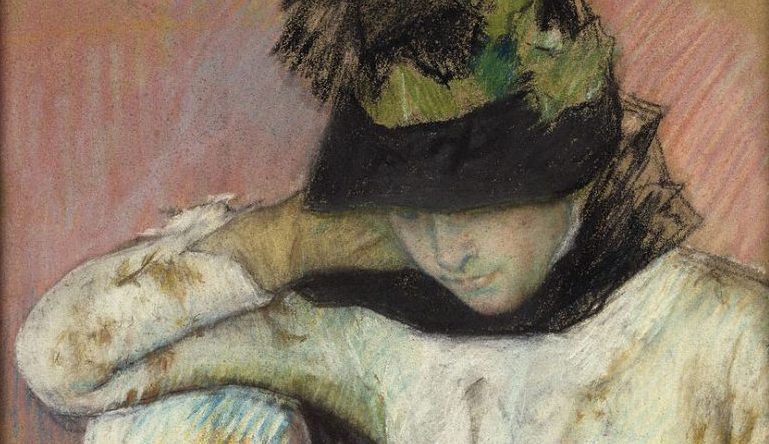
My earliest memories of the poetic representations of other cis women, like me, were highly sexualized. It seemed that women’s bodies, rather than the women, were (cis male) poets’ muses.
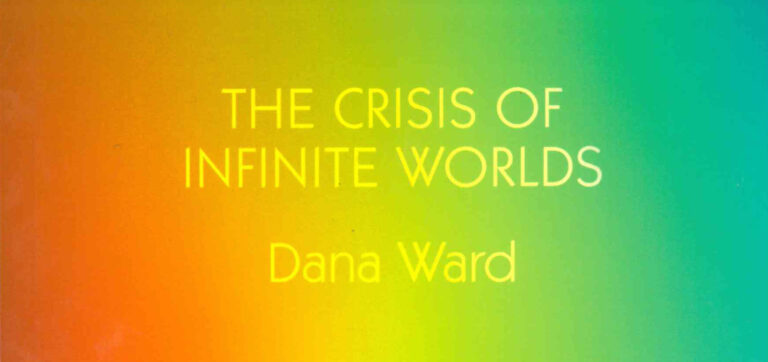
Dana Ward’s collection is the very picture of postmodern poetry: compulsively self-conscious and concerned with the act of writing as much as with the subject of his writing.
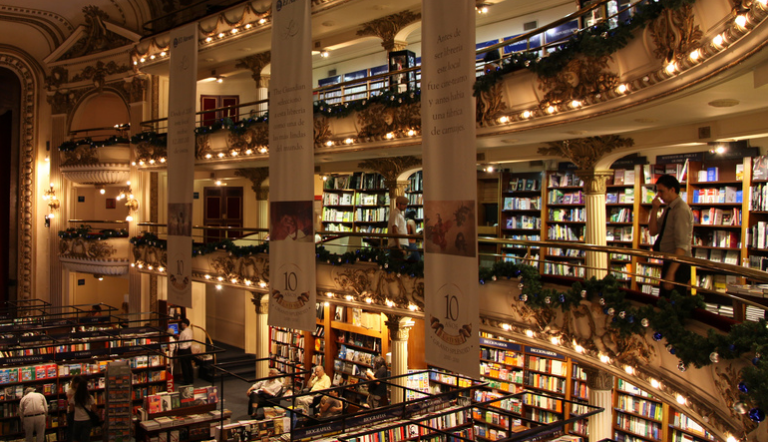
Last week, the National Book Foundation announced nominees for its annual awards in fiction, nonfiction, poetry, and young people’s literature. If we are, in the words of poet Kaveh Akbar, living in a “golden age of poetry,” what can a closer look at this year’s contenders tell us about it?
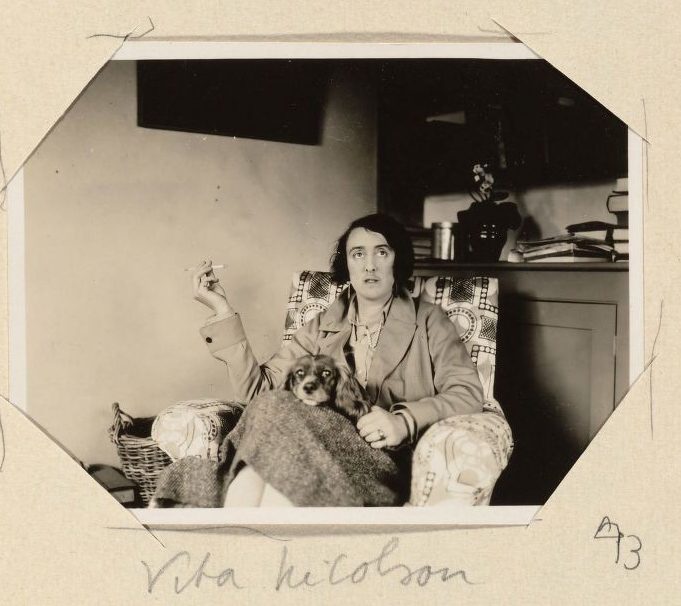
There are a number of practices and resources that can encourage the practice of reading generously or introduce one to new writers.
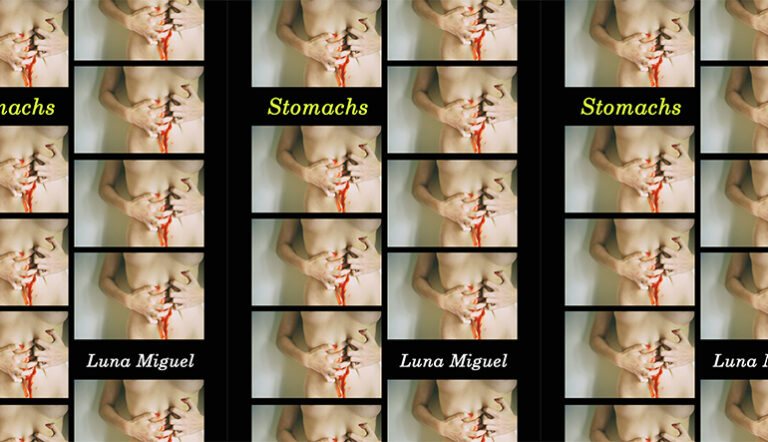
There are times for sadness and severity and all things bleak, and what do we do then? Luna Miguel might not have solutions but Stomachs reminds us that melancholy is not always destructive.
No products in the cart.